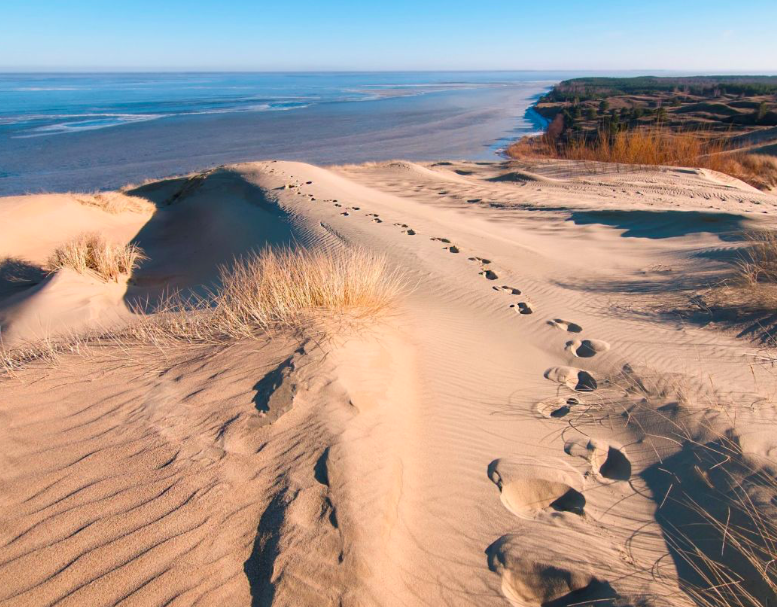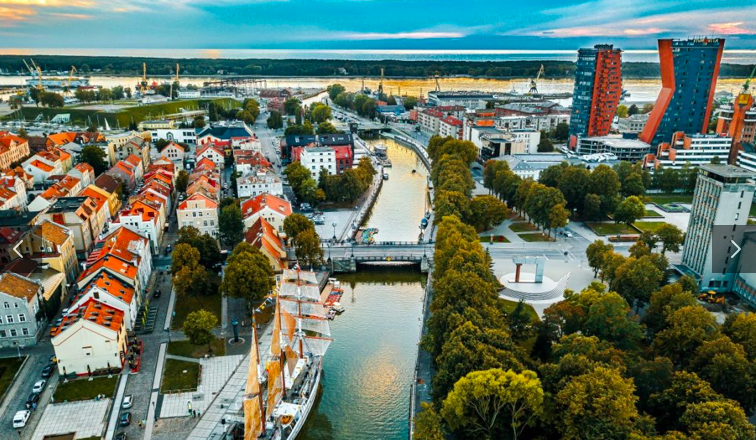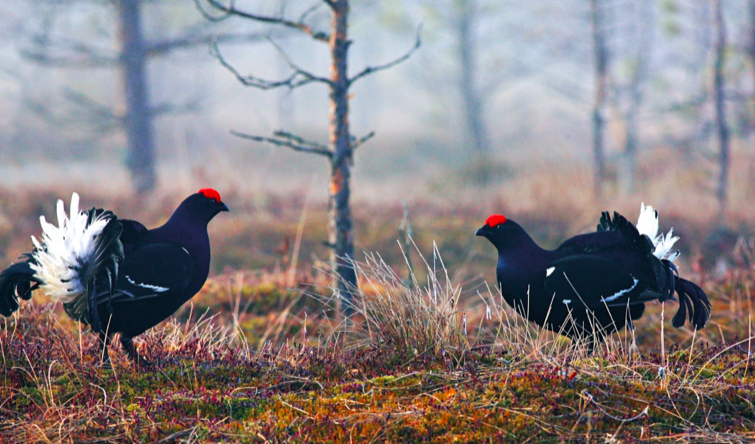Lithuania - geographical center of Europe.
Old Town of Vilnius - UNESCO World Heritage Site.
UNESCO World Heritage Site Vilnius is remarkable city next to the river Vilnia, which is famous for its white churches and red roofs. Capital city
of Lithuania has always been at the crossroads of Eastern and Western cultures. City’s historical buildings are recognizable for their differing
styles, featuring elements of Gothic, Renaissance, Baroque and Classicism. Nowadays Vilnius is a modern, homely and welcoming city full of culture
and creation. It is a place where you can see talking statues, hear music being played, enjoy good food and have adventures with hot-air balloons
above Vilnius.




